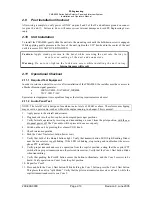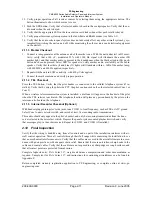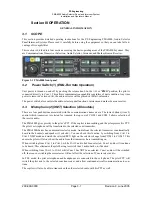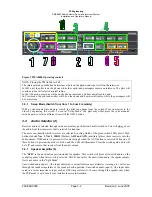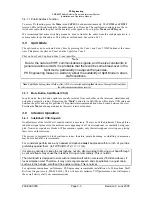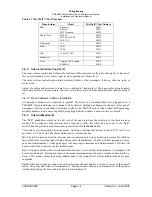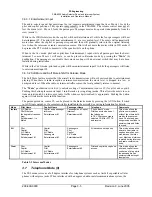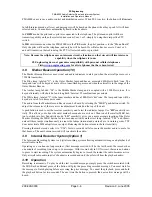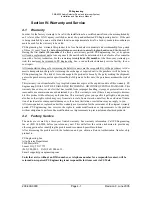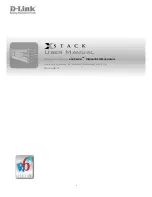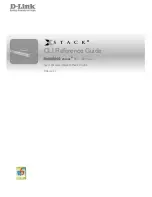
PS Engineering
PMA8000 Series Audio Selector Panel and Intercom System
Installation and Operator’s Manual
200-890-0000
Page 2-4
Revision 9, June 2005
3/32" Cellular Jack
COM 3 Mic Input
Com 3 Audio
Audio Lo
Cellular Plug (typical)
Tip= Microphone out
Ring= Speaker audio
Base=Ground
This is a typical interconnect
PS Engineering does not guarantee
compatability in all cases.
Cellular Phone
Interconnect
Figure 2-1 Cellular telephone interface
Unauthorized use of unapproved cellular telephone devices in aircraft is subject to FCC enforcement
action, which may include a $10,000 fine per incident. PS Engineering, Inc. does not endorse using
unapproved cellular telephone equipment in flight, and takes no responsibility for the user’s action.
PS Engineering does not guarantee compatibility with personal cellular telephones. For a list of
phones that have been tested, visit www.ps-engineering.com.
2.4.7 Transmit Interlock
Some communications transceivers use a transmit-interlock system. To fully utilize the Split Mode feature,
this function must be disabled. Consult that manufacturer's installation manual.
2.4.8 Patented "Swap" Mode
When a momentary, normally open, push-button switch is connected between pin 20 on the J2 connector
and aircraft ground, the user can switch between Com 1 and 2 by depressing this switch without having to
turn the mic selector switch. This yoke-mounted switch eliminates the need to remove your hands from the
yoke to change transceivers. The transfer of TX indication from Com 1 to Com 2 shows that the swap has
been initiated, there is no dedicated swap indicator.
2.4.9 Backlighting
The PMA8000 has an automatic dimming of the pushbutton annunciation LEDs and marker lamps con-
trolled by a photocell. Control of the unit backlighting is through the aircraft avionics dimmer For 14 V
aircraft, connect J2 Pins 6 and 7 to the aircraft dimmer bus, and pin 5 to ground. For 28-volt systems, con-
nect pin 7 to the aircraft dimmer, and pins 5 and 6 to ground.
If an external dimmer control is
not
used, a constant back light illumination can be established for night-
time viewing. Pin 6 or 7 (depending on system voltage) must be tied to power (J1, pin 8 or 9) for the back
lighting system to work. The photocell mounted in the unit face will automatically adjust the intensity of
the push-button annunciator LEDs.
2.4.10 Unswitched inputs
J1, pins 31, 29 and J2 pin 15 are unswitched, unmuted inputs # 1, 3 and 4, respectively. These inputs are
presented to the pilot and copilot regardless of the audio configuration, and will always mute the enter-
tainment inputs. These 510
Ω
inputs can be used for altimeter DH audio, GPS waypoint audio, autopilot
disconnect tones, or any other critical audio signal. Unswitched #1 is always presented to the speaker.
Unswitched #2, J1 pin 44 is unswitched, but muted (controlled by the speaker switch), and suitable for air-
to-ground (Flitefone) telephone ringer This input is not related to the cellular telephone interface.
Unswitched 3 and 4 inputs are always presented to the crew headphones and to the aircraft speaker.
NOTE: These inputs are fixed (1:1), and any audio level adjustments must be made at the input source.

















